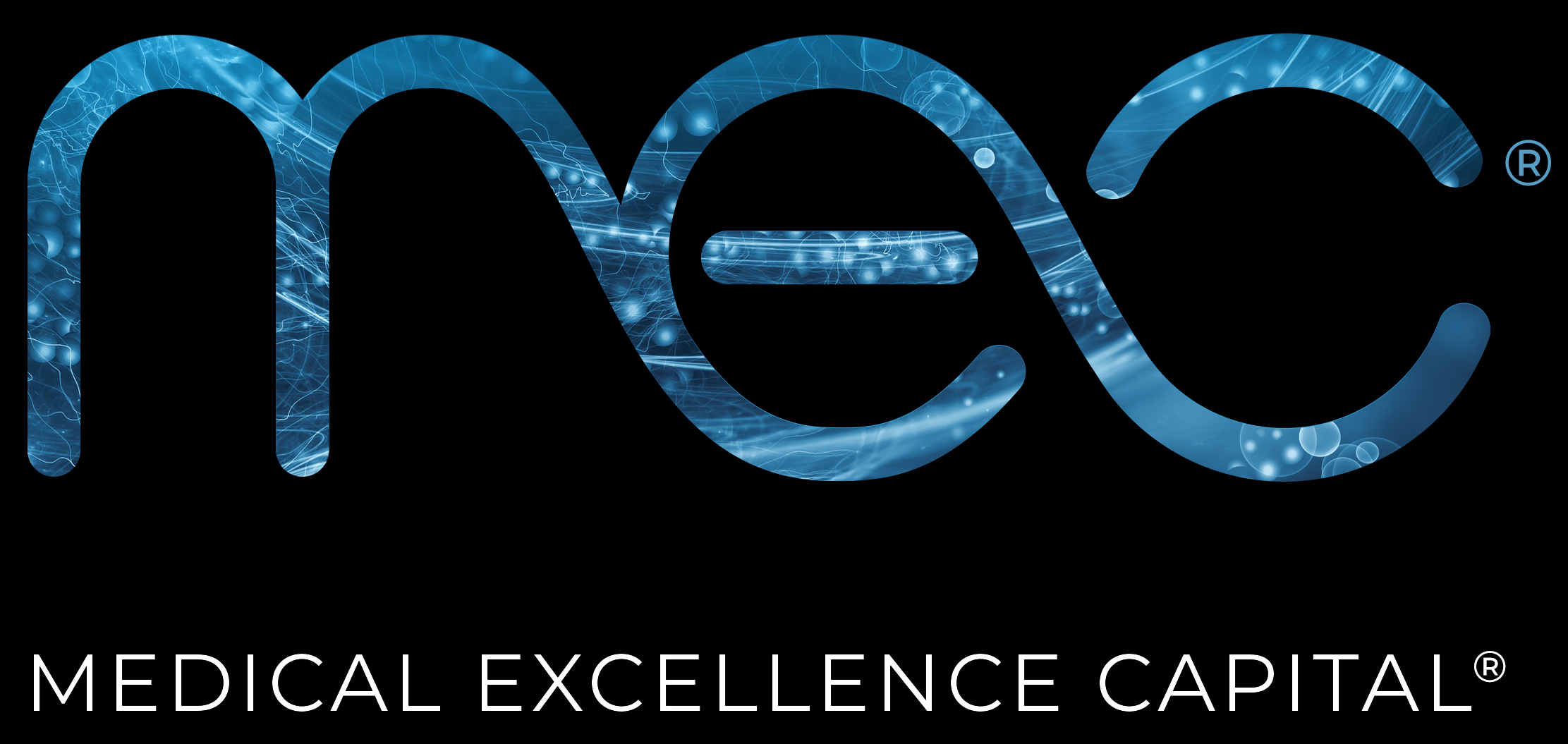Unlocking the Potential to Scale Cell Therapies: Leveraging Synthetic Biology and High-Quality Teams
Coming as no surprise, cell therapy development has increased rapidly over the past decade, and as we have detailed in a past MEC blog posting, induced pluripotent stem cells (iPSCs) have garnered a great deal of attention from the therapeutic development community including big pharma. The ability to revert differentiated cells to an undifferentiated state creates the opportunity to forward-program healthy specific cells to treat life-threatening diseases. This is a big idea!
While the promise of cell therapies is significant and now a reality with FDA-approved products, there are still several challenges facing the industry. In our view, the most pressing challenges in cell therapy development are:
- Manufacturing and scale-up: One of the biggest challenges in cell therapy development is the ability to manufacture and scale up the production of high-quality cells. This is particularly challenging for autologous cell therapies, which require customized manufacturing for each patient. For larger patient populations and unmet needs, this is economically unattainable.
- Standardization and quality control: Ensuring consistency and quality in cell therapies is another challenge. With complex biological systems, small variations in manufacturing or handling can lead to significant differences in outcomes.
- Regulatory hurdles: The regulatory landscape for cell therapies is still evolving but the FDA and other regulatory agencies believe in the future and impact of cell therapies. Navigating the regulatory process can be a significant hurdle for companies developing cell therapies.
- Commercialization and market access: Because of the existing manufacturing capabilities, the high cost of cell therapies and limited reimbursement options make it challenging for companies to bring these therapies to market at reasonable prices and ensure broad patient access.
- Safety and efficacy: While cell therapies hold great promise, there is still much to learn about how they interact with the human body and how to maximize their therapeutic potential. How functional equivalent do IPSC-derived cells need to be? This ultimately comes down to the risk profile of the disease and the alternative options available.
A Cell Therapy Manufacturing Breakthrough Discovery
The need for an efficient, inexpensive, high-yielding, reproducible, and fast cell growth process is critical to reaching the promise of cell therapies. Currently, cell therapies usually take anywhere from 27 to 180 days to manufacture and have reported yields of less than 60%. Many factors go into cell therapy differentiation. Some of these factors include soluble cues (for example, growth factors and cytokines), cell-cell contacts, cell-extracellular matrix contacts, and physical forces.2 The processes for converting cell types can often differ leading to varying differentiation timelines based on the cell type. As the pipeline of cell therapies continues to grow and diversify, improving these metrics and focusing on the factors involved in differentiation will lead to better outcomes and increase the accessibility of new therapeutics.
A team of Harvard and MIT researchers led by Dr. George Church has been focused on these challenges for years. Dr. Church leads Synthetic Biology at the Wyss Institute, where he oversees the directed evolution of molecules, polymers, and whole genomes to create new tools with applications in regenerative medicine and the bio-production of chemicals. He is widely acclaimed as “The Founding Father of Genomics.” This team created a comprehensive library and developed a large-scale combinatorial screening technology to identify unique transcription factors (proteins) that induce differentiation within four days without altering external cues. See Nature Publication.3 This was the technological breakthrough that led to the formation of GC Therapeutics in 2019.
GC Therapeutics: Increasing Scale for Cell Therapies
Stay tuned for future announcements soon!
_________________________________________________
1https://stemcell.ucla.edu/induced-pluripotent-stem-cells
2https://www.ncbi.nlm.nih.gov/pmc/articles/PMC3285265/#:~:text=A%20number%20of%20factors%20have,and%20physical%20forces%20(Figure).
3 https://www.nature.com/articles/s41587-020-0742-6
4 https://www.nature.com/scitable/topicpage/cell-differentiation-and-tissue-14046412/
This post was prepared in good faith by MEC in May 2023 based on information from sources that are believed to be reliable. The contents herein contain a description of an investment made by MEC. References to any investment included herein should not be construed as a recommendation of any particular investment or security. Specific investments identified or described do not represent all of the investments completed by MEC, and the reader should not assume that the transactions discussed were or will be profitable. It should not be assumed that investments made in the future will be comparable in quality or performance to the investment described herein.
